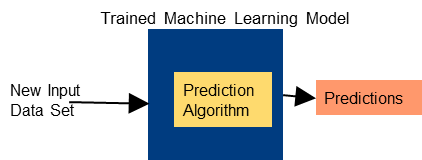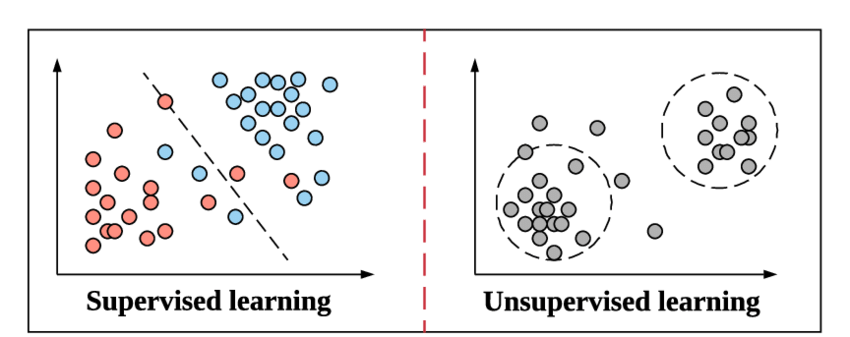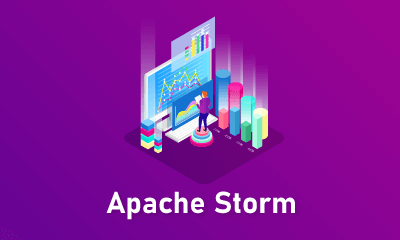Description
BigML is ideal for software developers, system integrators, technology consulting, and strategic consulting firms to rapidly get up to speed with ML.
Objective of BigML
– Understand how to parameterize supervised and unsupervised methods to achieve better performance.
– Learn how to compose multiple methods together to better solve modelling problems.
Pre-requisites
– BigML sources and datasets.
– Supervised (Models, Ensembles, Linear Regressions, Logistic Regressions, Deepnets, Time Series, and OptiML) and Unsupervised (Cluster Analysis, Anomaly Detection, Association Discovery, and Topic Modeling) methods.
– 1-click Model, 1-click Ensemble, 1-click Linear Regression, 1-click Logistic Regression, 1-click Deepnet, 1-click Time Series, 1 click OptiML, 1-click Cluster, 1-click Anomaly, 1-click Association, 1-click Topic Model.
– Simple evaluations and metrics.
1. Modeling vs. Prediction of BigML
2. Supervised Learning with BigML Engineer
Decision Trees: Node threshold, Weights, Statistical Pruning, Modeling Missing Values.
Ensemble Classifiers: Bagging (Sample Rates, Number of Models), Random Decision Forests (Random Candidates), Boosting.
Linear Regression: Field Encodings.
Logistic Regression: L1 Normalization, L2 Normalization, Field Encodings, Scales.
Deepnets: Topologies, Gradient Descent Algorithms, Automatic Network Discovery.
Time Series: Error, Trend, Damped, Seasonality.
Evaluation: How to Properly Evaluate a Predictive Model, Cross-Validation, ROC Spaces and Curves.
OptiML: How to optimize the process for model selection and parametrization to automatically find the best model for a given dataset.
Fusion: Combination of models, ensembles, linear regressions, logistic regressions, and deepnets to balance out the individual weaknesses of single models.
3. Unsupervised Learning
Clustering: Number of Clusters, Dealing with Missing Values, Modeling Clusters, Scaling Fields, Weights, Summary Fields, K-means vs. G-means.
Association Discovery: Measures (Support, Confidence, Leverage, Significance Level, Lift), Search Strategies (Confidence, Coverage, Leverage, Lift, Support), Missing Items, Discretization.
Topic Modeling: Topics, Terms, Text Analysis.
Anomaly Detection: Forest Size, Constraints, ID Fields.
Combination and Automation
Stacking: ideal for software developers, system integrators, technology consulting, and strategic consulting firms to rapidly get up to speed with Machine Learning
For more inputs on BigML Certified Engineer, you can connect here.
Contact the L&D Specialist at Locus IT
Locus Academy has more than a decade of experience in delivering training/staffing on BigML Certified Engineers for corporates across the globe. The participants for the training/staffing on BigML Certified Engineer are delighted and can implement the learnings in their ongoing projects.










Reviews
There are no reviews yet.